ADAM'S HIFI WORLD.
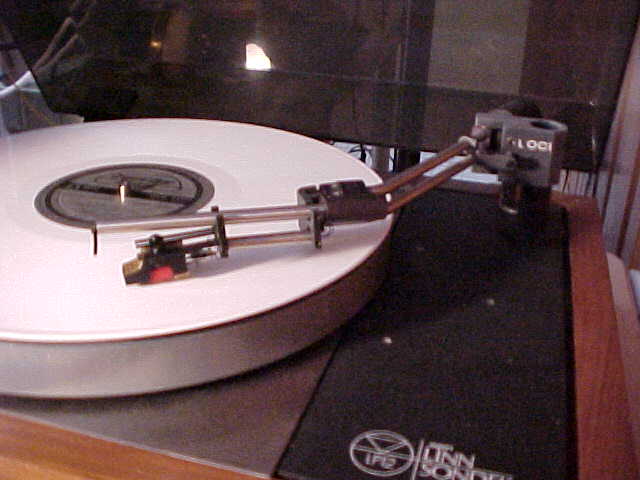 Music is one of mankind's greatest achievements.
Music is
an idea created by a composer
presented by a musician
to an appreciative audience.
Audio is the hobby of trying
to reproduce
a musical event
at some other time or place.
Audio is trying somehow
to reproduce the essential elements,
the music in the music.
And, sometimes, we are somewhat successful.
Music is one of mankind's greatest achievements.
Music is
an idea created by a composer
presented by a musician
to an appreciative audience.
Audio is the hobby of trying
to reproduce
a musical event
at some other time or place.
Audio is trying somehow
to reproduce the essential elements,
the music in the music.
And, sometimes, we are somewhat successful.
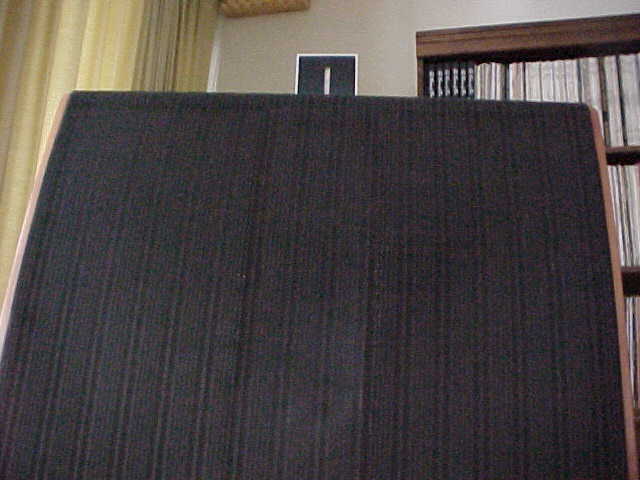 The basic audio chain is pretty simple.
There is a pickup, usually a microphone,
some kind of amplification and processing,
a medium that stores or transmits the signal,
some kind of receiver or playback gizmo,
and a speaker to create sound for the listener.
This description should be general enough
to include live radio, magnetic tape,
records of various sorts, and even compact disks.
I regularly use six media,
three formats of reel-to-reel tape,
vinyl records, compact disks, and compact cassettes.
I have heard a few others including cylinders,
shellac disks, Super-Audio-Compact-Disk (SACD),
and, once or twice, live FM radio broadcasts.
(If the radio station is playing a so-called "live" tape,
then it isn't live FM.
Rather I think of the FM radio as a link in the chain
between the tape medium at the radio station
and my speakers at home.)
The basic audio chain is pretty simple.
There is a pickup, usually a microphone,
some kind of amplification and processing,
a medium that stores or transmits the signal,
some kind of receiver or playback gizmo,
and a speaker to create sound for the listener.
This description should be general enough
to include live radio, magnetic tape,
records of various sorts, and even compact disks.
I regularly use six media,
three formats of reel-to-reel tape,
vinyl records, compact disks, and compact cassettes.
I have heard a few others including cylinders,
shellac disks, Super-Audio-Compact-Disk (SACD),
and, once or twice, live FM radio broadcasts.
(If the radio station is playing a so-called "live" tape,
then it isn't live FM.
Rather I think of the FM radio as a link in the chain
between the tape medium at the radio station
and my speakers at home.)
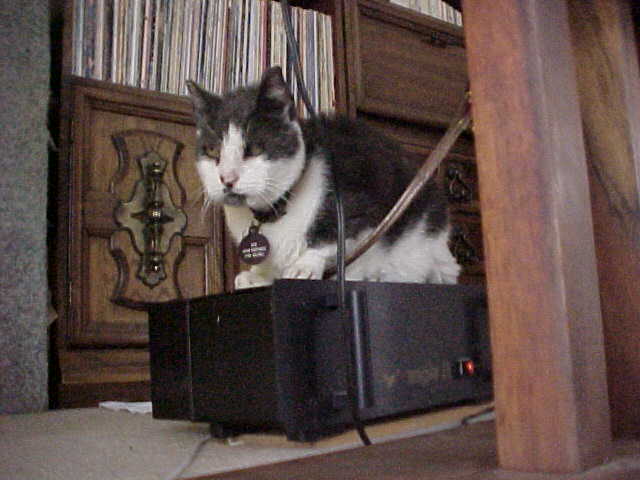 One object of the hifi game
is to present to the listener
a recreation of a familiar musical event
that brings back the original.
The other object is to present to the listener
a recreation of an unfamiliar music event
that gives him a clear aural picture of what happened.
It is not enough that the sound be "nice"
or "sweet" or even "musical."
Until it reproduces an event the listener heard
or might have heard,
it isn't really what hifi is all about.
At least not to me.
One object of the hifi game
is to present to the listener
a recreation of a familiar musical event
that brings back the original.
The other object is to present to the listener
a recreation of an unfamiliar music event
that gives him a clear aural picture of what happened.
It is not enough that the sound be "nice"
or "sweet" or even "musical."
Until it reproduces an event the listener heard
or might have heard,
it isn't really what hifi is all about.
At least not to me.
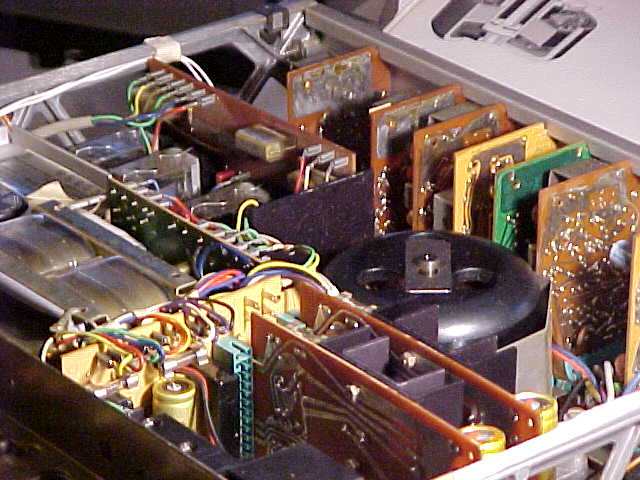 So we build our gadgets and we do our listening
and try not to forget the real reason we're doing this.
(Okay, after we impress our neighbors and friends,
the other real reason we're doing this.)
If we lose sight of this objective
(or should I say "if the objective goes out of earshot"),
then the serious solemnity and sanctity that we bring to the hobby
melt into ordinary pomposity and sanctimony.
Like any group of people persuing a vision,
we put up with each other because we believe that
our community, in sharing a quest,
achieves more together than separately.
Who knows? It may even be true.
So we build our gadgets and we do our listening
and try not to forget the real reason we're doing this.
(Okay, after we impress our neighbors and friends,
the other real reason we're doing this.)
If we lose sight of this objective
(or should I say "if the objective goes out of earshot"),
then the serious solemnity and sanctity that we bring to the hobby
melt into ordinary pomposity and sanctimony.
Like any group of people persuing a vision,
we put up with each other because we believe that
our community, in sharing a quest,
achieves more together than separately.
Who knows? It may even be true.
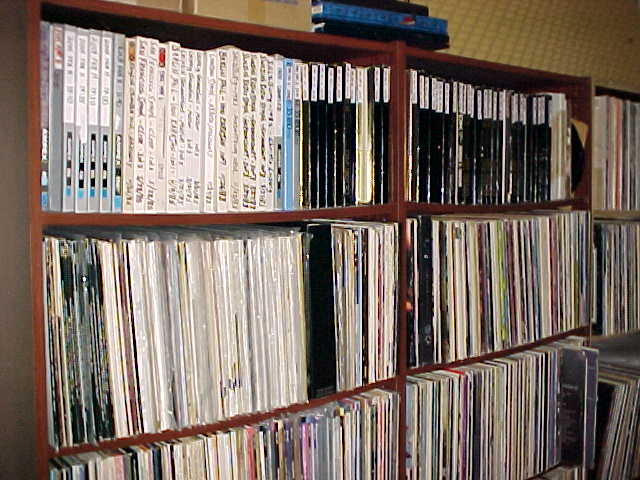 What I think of as "high-end" audio,
the willingness to spend considerable time and money
on this goal,
began a long time ago
and got a serious boost in enthusiasm
in 1973 October,
the Energy Crisis, the 55 mile per hour speed limit.
Here in the United States,
for the first time in a long time,
the automobile was no longer king.
What was the point of having a big, expensive sports car
that would get a big, expensive speeding ticket any time
it was driven in a fun way?
So the Joneses that we're all keeping up with
decided not to spend $6000 on a new sports car.
Boats and airplanes use even more gasoline
so what are they going to buy?
A new and expensive audio system.
So we better buy our own new and expensive audio system
lest we fall behind.
What I think of as "high-end" audio,
the willingness to spend considerable time and money
on this goal,
began a long time ago
and got a serious boost in enthusiasm
in 1973 October,
the Energy Crisis, the 55 mile per hour speed limit.
Here in the United States,
for the first time in a long time,
the automobile was no longer king.
What was the point of having a big, expensive sports car
that would get a big, expensive speeding ticket any time
it was driven in a fun way?
So the Joneses that we're all keeping up with
decided not to spend $6000 on a new sports car.
Boats and airplanes use even more gasoline
so what are they going to buy?
A new and expensive audio system.
So we better buy our own new and expensive audio system
lest we fall behind.
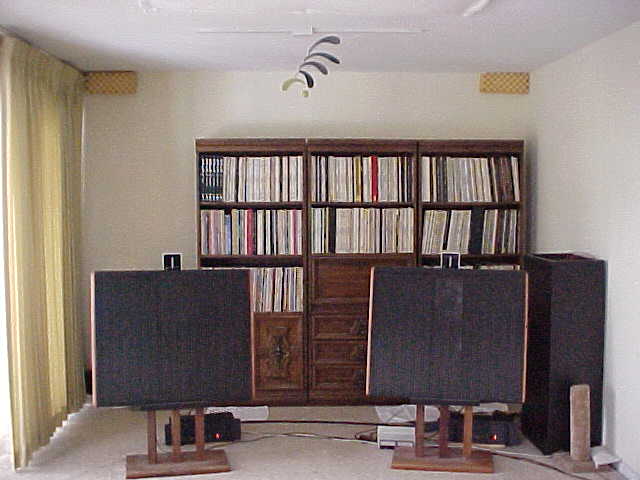 These were the golden years of golden ears,
the ten years from 1973 to 1983.
Nothing was tabu, nothing was forbidden.
One designer pursued vacuum tube designs
while another worked in solid state.
One designer built a better turntable suspension
while another made his turntable massive
so it would not need a suspension.
One designer pursued DC-to-light bandwidth
while another limited "slew-rates" so
limited-bandwidth equipment would sound better.
These were the golden years of golden ears,
the ten years from 1973 to 1983.
Nothing was tabu, nothing was forbidden.
One designer pursued vacuum tube designs
while another worked in solid state.
One designer built a better turntable suspension
while another made his turntable massive
so it would not need a suspension.
One designer pursued DC-to-light bandwidth
while another limited "slew-rates" so
limited-bandwidth equipment would sound better.
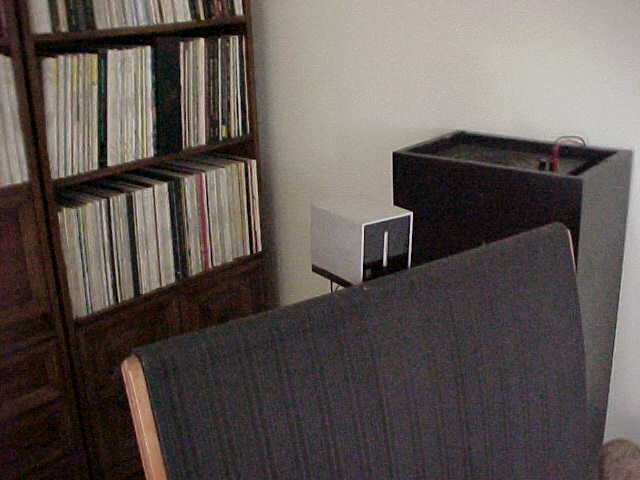 I consider the period from 1957 October through 1973 December
the "modern age"
and the period following that the "post-modern age."
Audio's modern age ran a little longer,
as I see it, from 1957 through 1983.
We began that age with the bare bones of audio,
single-ended triode tube amplifiers
and super-efficient horn speakers.
We developed amplifiers that were enormously
less limited and less colored
and we spent that increase in available power
on speakers that were far cleaner and more correct.
By 1983 we had amplifiers that could reproduce
more of the musical signal than we ever dreamed possible.
And we had loudspeakers that could recreate musical sound
so precisely that they could even reproduce
a "square-wave" transient.
The triumph of these twenty-six years
makes me proud to be a hifi-audio person for
twenty-seven years
of my own life.
I consider the period from 1957 October through 1973 December
the "modern age"
and the period following that the "post-modern age."
Audio's modern age ran a little longer,
as I see it, from 1957 through 1983.
We began that age with the bare bones of audio,
single-ended triode tube amplifiers
and super-efficient horn speakers.
We developed amplifiers that were enormously
less limited and less colored
and we spent that increase in available power
on speakers that were far cleaner and more correct.
By 1983 we had amplifiers that could reproduce
more of the musical signal than we ever dreamed possible.
And we had loudspeakers that could recreate musical sound
so precisely that they could even reproduce
a "square-wave" transient.
The triumph of these twenty-six years
makes me proud to be a hifi-audio person for
twenty-seven years
of my own life.
|
0:42:13 Mountain Standard Time (MST). 668 visits to this web page. |